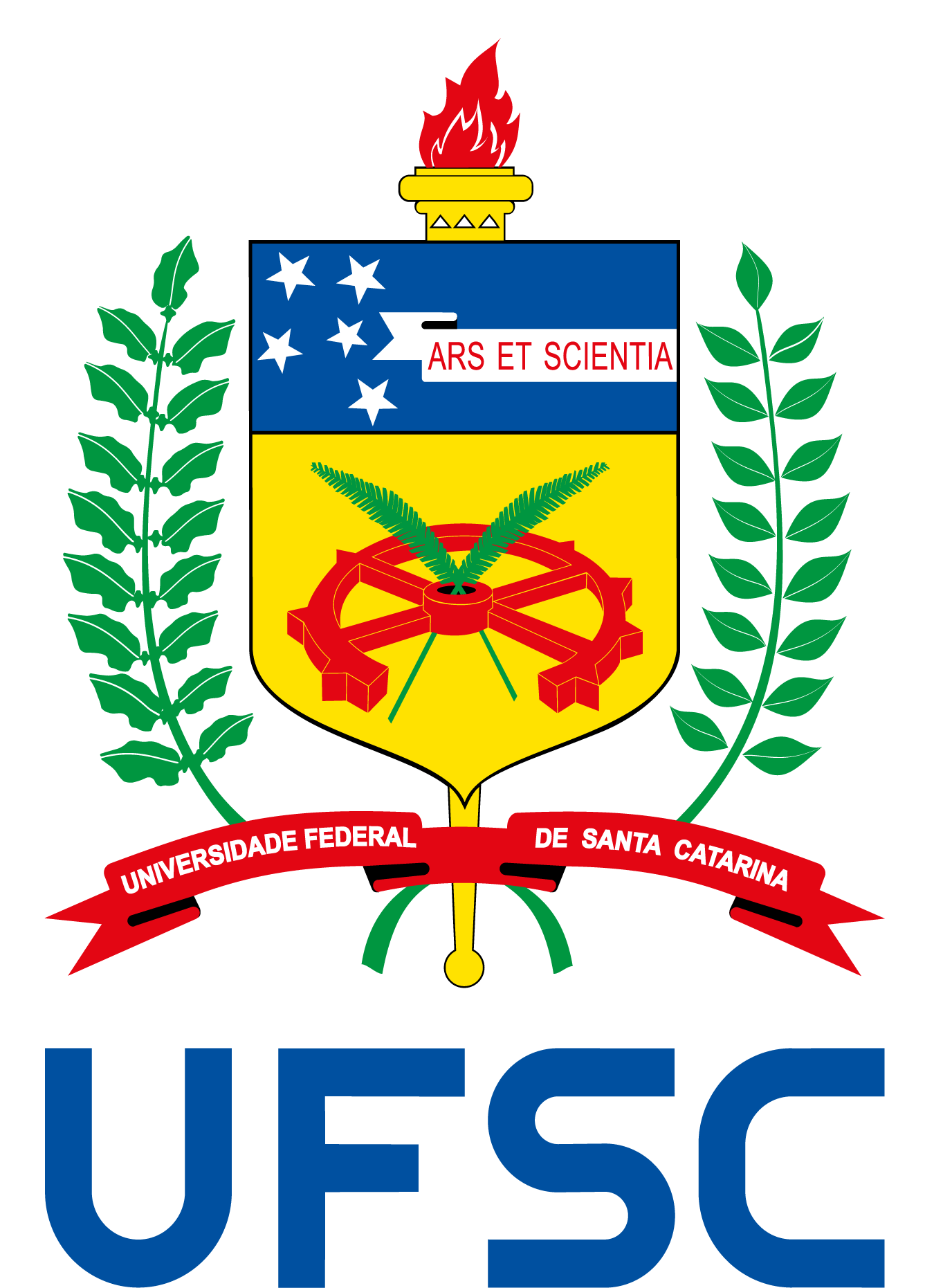THE PHYSICS GRADUATE PROGRAM invites everyone to the seminar:
Medição de CO2 Atmosférico Global pelo Infravermelhor Térmico:resultados, dificuldades e prospecto.
Breno Imbiriba
Joint Center for Earth Systems Technology (JCET)
University of Maryland Baltimore County (UMBC)
Abstract:
A medição global de CO2 através de sensoriamento remoto ainda é uma área nascente porém importante. Aqui apresentamos a análise de nove anos de dados do Atmospheric Infrared Sounder (AIRS) – um sensor hiper-espectral do infravermelho térmico (4 à 12 µm), a bordo do satélite AQUA-NASA, com o qual fazemos medições de CO2 troposférico global. Estas medições dependem diretamente dos modelos atmosféricos de temperatura e vapor-d’água utilizados, nos permitindo inferir sobre a qualidade de tais modelos. Para utilização mais efetiva das medições, os resultados, calibrados com observações de aviões, são assimilados em um modelo de transporte produzindo resultados positivos. Finalmente comparamos com dados do instrumento TANSO – que mede CO2 utilizando o infravermelho próximo.
Date: 6/November/2013 – (Friday) – Place: Sala de Reuniões do Dpeto de Física (Sala 114) – Time: 10:00:00 AM
THE PHYSICS GRADUATE PROGRAM invites everyone to the seminar:
Collisional relaxation of systems of particles with long range interactions
Prof. Bruno Marcos
Université de Nice – Sophia Antipolis – França
Abstract:
There are many systems which present long range interactions, such gravitational systems, two-dimensional vortices, cold atoms, etc. In this talk, I will start explaining the scenario of their evolution, which consists first in the generic formation of out-of-equilibrium long lived states, called “Quasi Stationary States” and then a (comparatively) very slow relaxation towards thermal equilibrium. Then, I will focus on two topics related to the second
part of the evolution: (i) the existence of Quasi Stationary States depending of the range of the interaction and (ii) the validity of the Chandrasekhar approximation in inhomogeneous systems.
Date: 1/November/2013 – (Friday) – Place: Auditório do Bloco G – Sala 419 – Time:10:00:00 AM
THE PHYSICS GRADUATE PROGRAM invites everyone to the seminar:
Formação e evolução de estrutura espiral em discos galácticos
Instituto Nacional de Astronomía, Óptica e Electrónica, México
Abstract:
Nos últimos anos, a controvérsia entre os cenários de longa ou curta duração para a estrutura espiral de galáxias recebeu novos argumentos. Enquanto novas observações aportam evidências que contrariam o cenário de estruturas de longa vida como as previstas na teoria de ondas de densidade, existem autores que interpretam suas observações e análises como resultado dos efeitos destas ondas de longa duração. Em simulações numéricas de alta resolução (alto número de partículas), os numerosos processos envolvidos na formação e evolução de estruturas espirais são custosos em termos de tempo de CPU. Nas simulações, o padrão espiral de 2 braços (m=2), comum em galáxias reais, é muito difícil de ser mantido por um longo período de tempo. Neste trabalho, apresentamos uma série de simulações de N-corpos (somente estrelas ou estrelas mais gás) para estudar a formação e evolução de estruturas espirais em modelos galácticos isolados. Nas nossas simulações testamos modelos com 800k, 1.2M e 8M de partículas. O objetivo é investigar os mecanismos que disparam a formação e a manutenção de estruturas espirais. As estruturas são quantificadas utilizando técnicas de Fourier uni- e bi-dimensional. Mostramos que o mecanismo conhecido como “swing amplification” está atuando em nossos modelos. As estruturas são primeiramente detectadas em forma “leading” (espirais apontando no sentido contrário ao da rotação galáctica) e depois evoluem a padrões “trailing”. Os padrões espirais tem um tempo de vida da ordem de algumas centenas de milhões de anos. A velocidade angular das estruturas espirais está bem confinada entre as conhecidas “ressonâncias de Lindblad”, como esperado pela teoria de formação de espirais. Finalmente, num modelo onde se forma uma barra, desenvolvemos um método geométrico para classificar as principais órbitas. Mostramos que a formação de barra aumenta consideravelmente o número de órbitas alongadas e também aquelas que são confinadas ao redor dos pontos de Lagrange do potencial.
Date: 25/October/2013 – (Friday) – Place: Auditório do Bloco G – Sala 419 – Time: 10:00 AM
THE PHYSICS GRADUATE PROGRAM invites everyone to the seminar:
Física Computacional: Modelagem, Implementação e Simulação
Abstract:
O computador é uma ferramenta nascida da e aplicada à pesquisa científica. A partir da década de 1940, o computador foi utilizado extensivamente para resolver problemas de mecânica quântica, física nuclear, criptografia, simulação de sistemas atômicos e moleculares, dentre muitos outros problemas cuja abordagem analítica era e ainda é inviável. Neste seminário apresentaremos alguns temas ligados à física computacional, principalmente nos âmbitos da modelagem, implementação e simulação. Nosso foco será a computação de alto desempenho, e tentaremos expor alguns dos principais problemas envolvendo este nível de computação, bem como a importância desta área para a expansão da fronteira do conhecimento.”
Date: 11/October/2013 – (Friday) – Place: Auditório do Bloco G – Sala 419 – Time: 10:00 AM







